27th Jul 2022
A yearning we all have—to own living space, a roof providing safety and shelter, an area that captivates and inspires. Rooms where memories are made and where history is stored. A place to gather family and friends. Château Fontenil was born from this primary want.
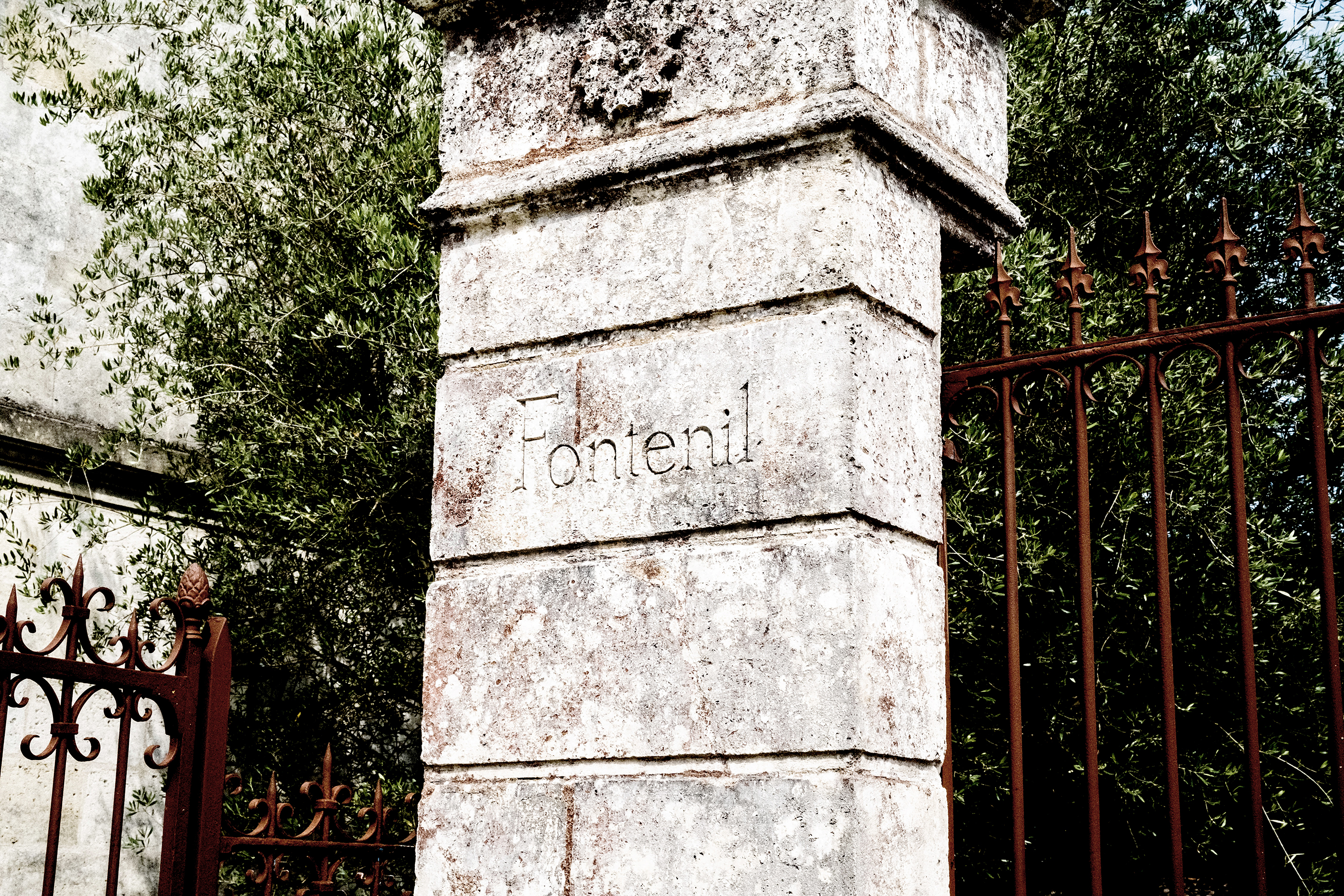
Where the Heart Is
In the mid-1980s, Dany and Michel Rolland, respected oenologists with a reputable laboratoire and two young children, had been looking for a country home for them and their daughters. They found a grand but derelict house in Saillans, in the remote Fronsac region of Bordeaux. It needed a lot of work, but the Rollands were young and unafraid of a challenge. Even better, it was adjacent to seven hectares of old vines on excellent, if uncelebrated land that was also for sale. No sooner had the couple fallen in love with the place and the small plot of vines next door when the owner of the house changed her mind about selling. Crestfallen, the Rollands bought the vines and settled on an oral promise from the woman that they could one day buy the home of their dreams. A few nail-biting years later, the ramshackle “château” was sold to them. Little did they know that this happy ending to the home buying saga was just the beginning.
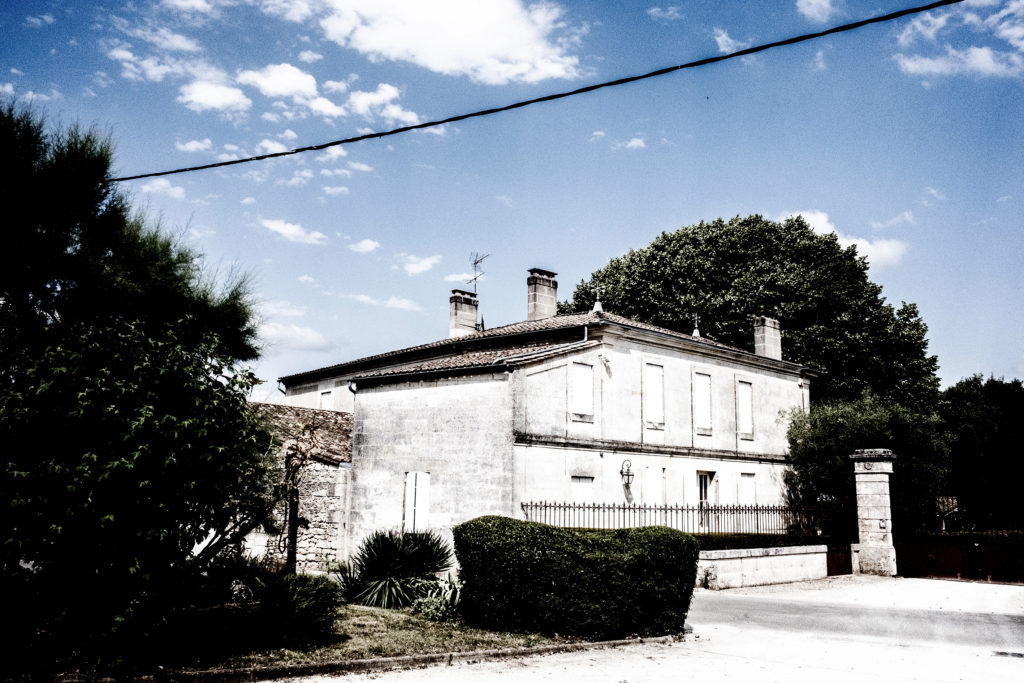
Before the Château part of Fontenil even came to be, the first four years (1986-1990) of making wine from their seven-hectare vineyard were about the couple doing everything themselves and making do. The goal was to make the best wine possible with limited means, meaning many sleepless nights at harvest and winemaking in old wooden vats and using whatever equipment they could find. The slow rebuilding of the vinification cellar and barrel room took years. This was not the project of an investment company or a wealthy Grand Cru Classé château owner. Dany had grown up in the Dordogne, far removed from vineyard life, and Michel’s family owned what was then a humble estate in Pomerol, Le Bon Pasteur.
This unlikely vineyard in Fronsac was a massive all-or-nothing undertaking for their family.
In 1990, the house was purchased, and Château Fontenil began to come together. After years of reconstruction and renovation, in 1997, the family finally moved into the house in time for Michel Rolland’s 50th birthday. But throughout this time, the heart of Fontenil was and remains the small plot of ancient vines. From the beginning, Michel and Dany had known this was a great piece of land representing a complex mélange of limestone, astéries (marine fossils), clays, and the vast soil mix that is “molasse de frontonnais.” Varying altitudes and aspects added to the diversity, eventually equating to many carefully isolated micro-parcels. The vines planted to the original “Filet Rouge” and “Côte Fonteuil” (from where the name Fontenil comes) sections were “beyond known age” when purchased, meaning they were planted sometime before the 1950s. In their professional views, the place held a wealth of untapped potential.
Realizing this potential has been the Rollands’ passion over the last 36 years.
“We wanted to make a top cuvée with all that we knew. To show the greatness of this terroir,” Dany explained during my visit and tasting at Fontenil in July this year. The top cuvée she mentioned is Défi—défi meaning “challenge” in French—a wine made from a small section of the vineyard since 2000. Défi was, in fact, born from a draconian mandate delivered by the INAO (the regulatory institution overseeing the protection of regional standards), challenging the Rollands’ methods in the vineyards.
In 1999, Dany and Michel set up an experiment to try to reduce the effects of rains after veraison and extend their growing season. They spread custom-made plastic sheets on the soil surface between the vine rows of a couple of small, steep parcels of Merlot, covering 1.6 hectares in total. The resulting wine from these protected sections was indeed riper in sugar concentration and phenolic quality. It was incorporated into Fontenil that year. This trial was repeated in 2000. Then in late August that year, two days after laying the sheets out in the parcels, the Rollands received the equivalent of a cease-and-desist order from the INAO, threatening to declassify the resulting wine as vin de table/table wine. Hating not to see an experiment through, the Rollands opted to leave the sheets and make a new “vin de table” cuvée from this section, called Le Défi de Fontenil. The rest, as they say, is history.
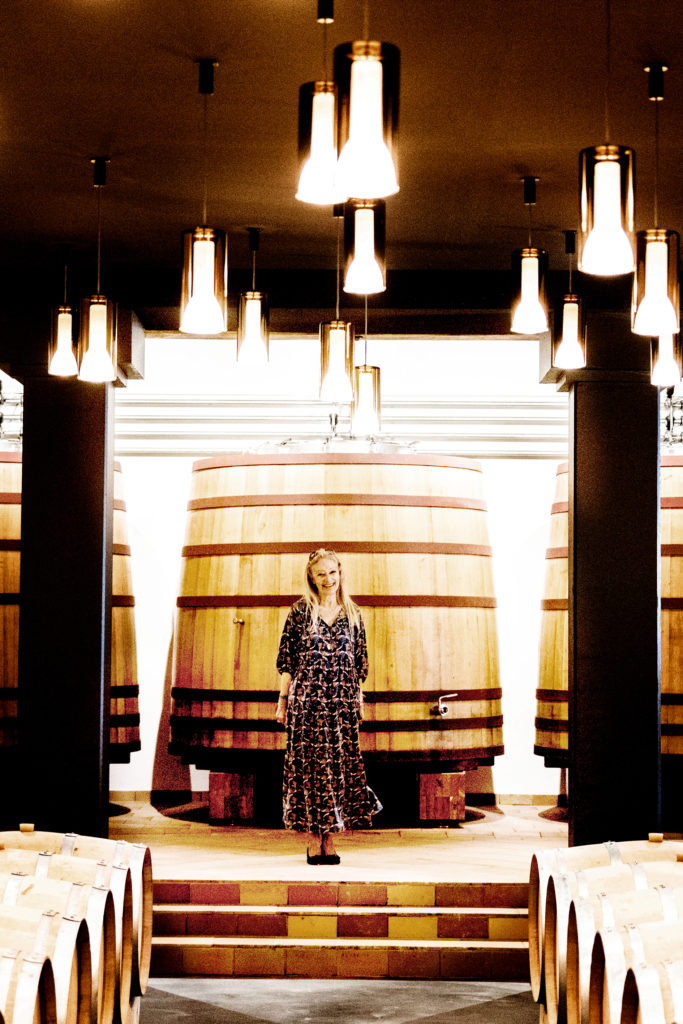
The Défi story helps illustrate that Fontenil has never been made to formula; it is led by the heart, constantly striving for better.
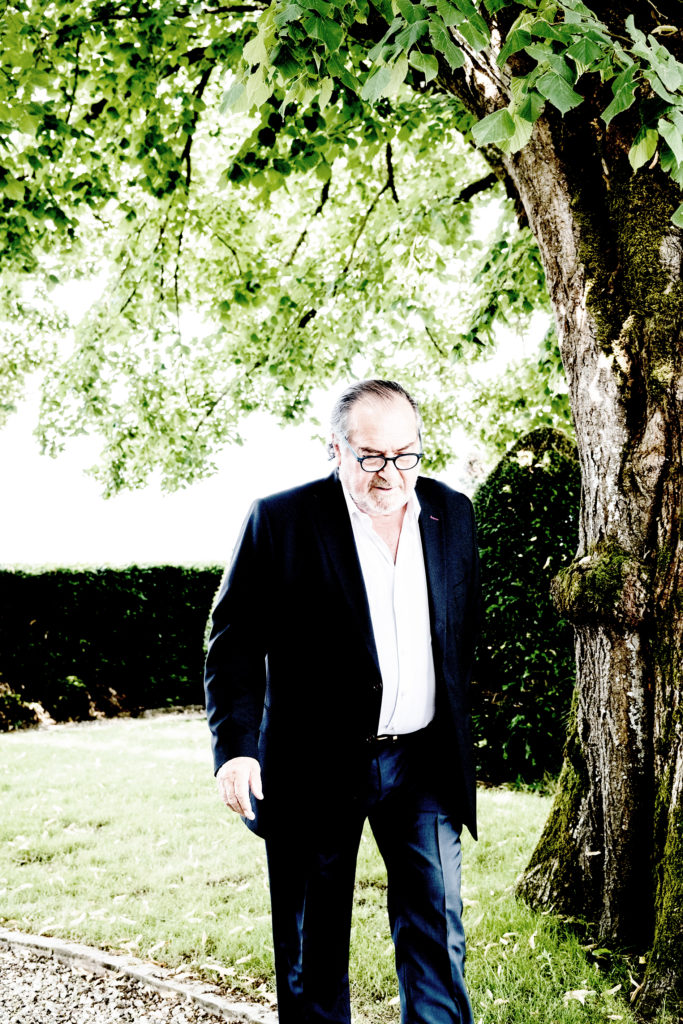
Dany explained the challenges of the site: “We need the heat here; we need a warm autumn. It can be a struggle to ripen the tannins. The other problem is alcohol. We have big leaves and a lot of them, so the alcohol can get too high. Now we are around 14-14.5 percent alcohol. In Pomerol, it is easier to get the maturity of Merlot; here, it is more difficult.”
Apart from a lot of work and improvements in the vineyard, the winemaking has likewise evolved. “Since 2008, we started barrel fermentation for half of the production,” said Dany. “We can get a more soft and supple body with barrel fermenting. And it helps to tame the tannins. Everything we do is by hand and small production. We are working like a garage wine.”
Since the original purchase, a further 0.99 hectares of contiguous vines were acquired and added to the Fontenil vineyard. Another 2.2 hectares are farmed under a tenant agreement. This equates to roughly 10 hectares of vines, of which one hectare is now white grapes, composed of Bordeaux white varieties and a little Chardonnay. The first white release of Le Blanc de Fontenil was just 2200 bottles in 2019. Because of the Chardonnay component, the new white wine in the family, Le Blanc de Fontenil, can only be labeled as a vin de France—a true sibling defined not by convention but by the heart.
–
Article & Reviews by Lisa Perrotti-Brown MW
Photographs by Johan Berglund

PRODUCERS IN THIS ARTICLE
> Show all wines sorted by scoreMore articles

2021 Bordeaux in Bottle and A Modest Proposal
24th Apr 2024
599 tasting notes

Pilcrow’s New Releases
18th Apr 2024
7 tasting notes
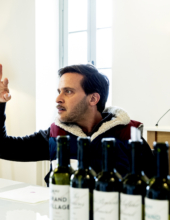
Bordeaux 2023 Primeurs Photo Essay
18th Apr 2024
0 tasting notes
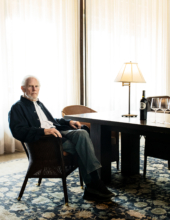
Harlan Estate, BOND, Promontory 2021 and 2011
11th Apr 2024
14 tasting notes
Show all articles